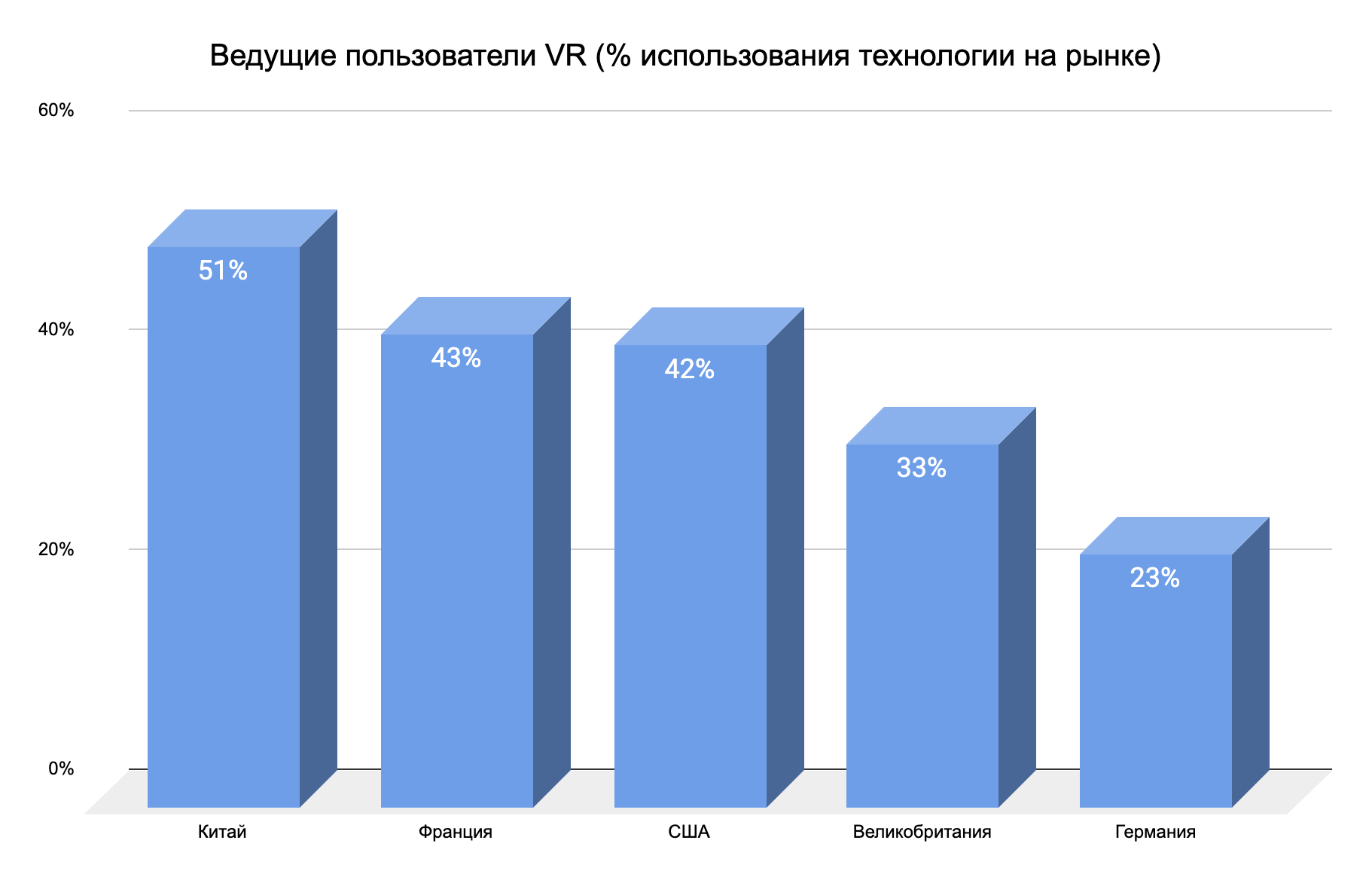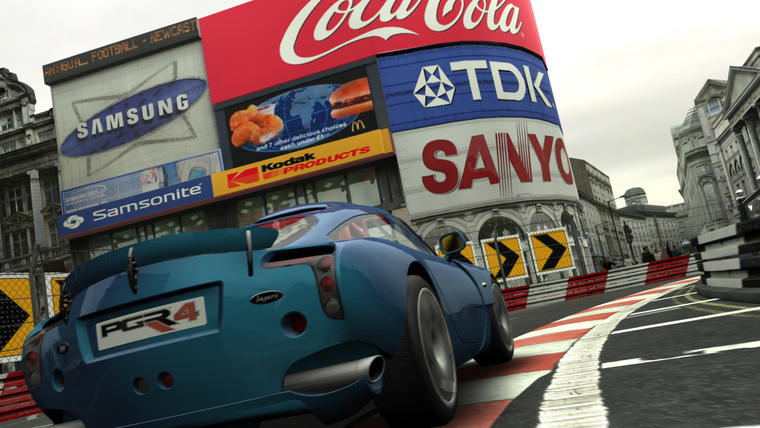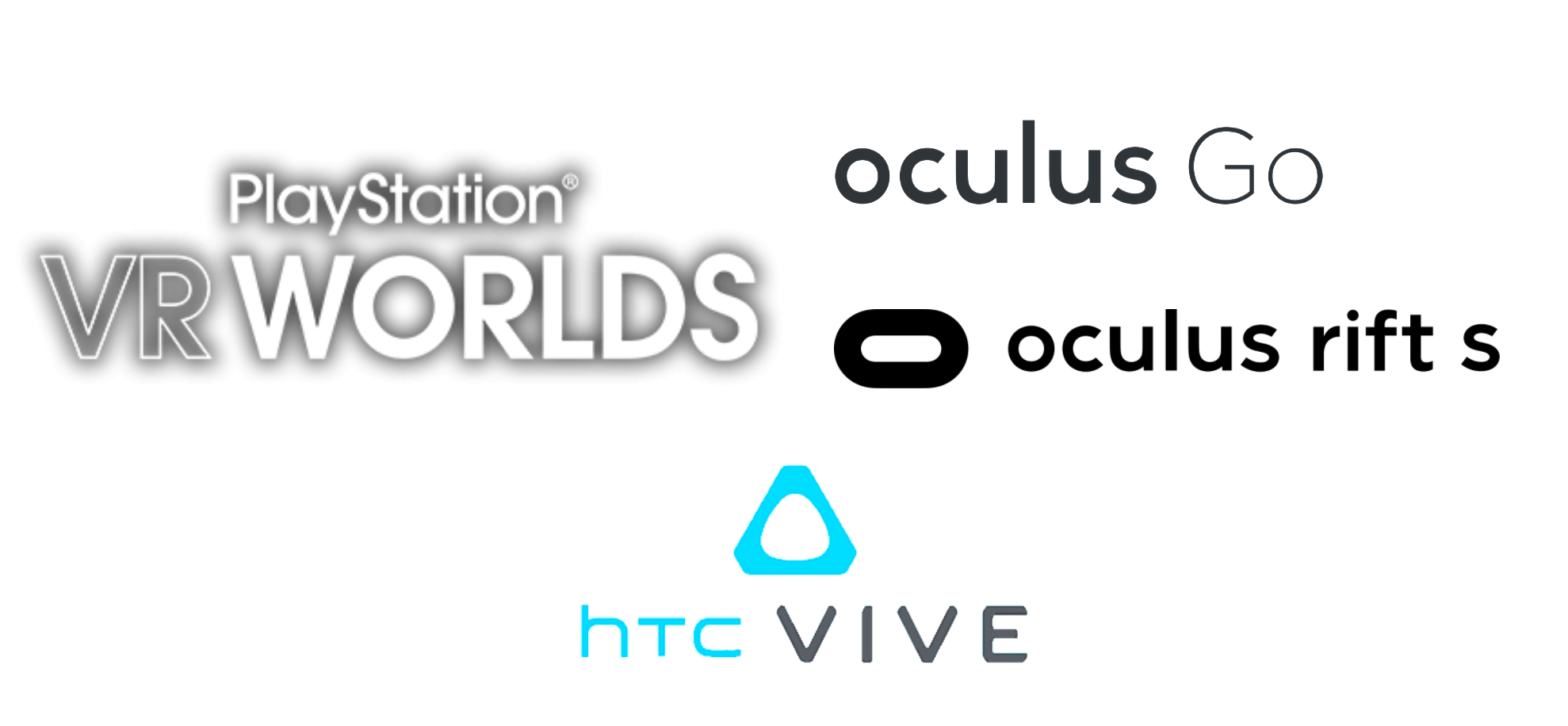Companies from Western countries are actively using VR technology in their businesses. The United States and China are the leading investors in VR and analysts predict that the virtual reality market will reach $ 92.31 billion by 2027. According to eMarketer, 52.1 million people in the US have used virtual reality technology at least once a month in 2020, and by 2030, 23 million jobs will be using AR and VR in one way or another. Today, the main players in the VR market are Sony, Samsung Electronics, Google, Microsoft, HTC and Oculus (Oberlo.com 2020).

Source: www.capgemini.com
6 main trends in VR development in 2021
1. VR-based training
Students
According to the Koch website (kochind.com), thanks to the use of VR technology in education, student performance improved by 20% from the first to the subsequent test. Learning became more exciting, as students could put their knowledge into practice without leaving the classroom. Google students can take history lessons with a virtual visit to the Louvre, roam with dinosaurs, and climb Mount Everest.
Military
VR has also proven to be extremely useful in military and pilot training. For several years now, young soldiers and pilot educational institutions have been trained in the form of virtual reality simulators. This technology, together with the best e-learning software, helps soldiers prepare for unexpected situations in the field.
Business
In retail, sales managers can hone their skills in managing long lines or shoppers filling a store. Walmart prepared its employees for Black Friday by simulating real-world customer or warehouse scenarios. After training, the staff had to make choices based on what they saw in the VR-generated scenes.
Statista released a report that sees the total number of VR users in the retail sector reaching 31.5 million by 2025. The main factor hindering the rapid adoption of VR simulators for business is the cost of virtual reality technology. As a strategy, business owners divide employees into two categories, using a VR headset and others who are just staring at a flat screen monitor. This is how some of the employees acquire a skill, while others learn from their mistakes.

2. In-game advertising
While the main traffic of VR users comes from games, in-game advertising is gaining momentum and is demographically relevant for individual consumers. Game developers partner with brands to create sensational VR experiences for gamers by placing brand products at the center of the game.
 habrastorage.org/webt/ed/jo/aw/edjoawyyctgn9elqzho-ui3sjos.jpeg
habrastorage.org/webt/ed/jo/aw/edjoawyyctgn9elqzho-ui3sjos.jpeg
3. VR games
VR technology occupies 43% of the gaming sector, so the main investment for development comes from it. The most successful VR implementations are in games. The main focus of the developers is now aimed at finalizing new wearable devices and virtual reality input devices. With VR headsets like the Oculus Rift, gamers can experience 3D creatures in an advanced virtual environment.
With the increasing demand for VR games, the number of new vacancies in the gaming sector is increasing. From 2017 to 2018, the number of job postings rose to 17%. And it's not just game makers, designers, artists and programmers, but also business, sales and marketing professionals.
4. VR tourism
Year after year, more travel companies are starting to take advantage of virtual reality in their marketing strategies to better serve their customers. VR technology allows tour operators, agencies and hotels to offer tourists a realistic interaction with the services they will receive before purchasing, which dramatically increases the number of service bookings.
The Faroe Islands receive 60,000 tourists annually, but during the quarantine period, travel companies made a unique offer - a VR tour of the island. Locals put on the Go-Pro on themselves, and tourists using the app and a headset could set the desired route. Also, the Faroe Islands were not on Google maps, so the locals put cameras on the sheep that walked around the island, transferring the image to the maps and showing the whole tourist attraction of the country.
GlobalWebIndex has published data showing that 40% of Gen Zers want to use VR travel apps. With such a positive trend, VR technology will help bring tourism marketing campaigns to a new economic level of profitability.
5 Improvements in VR technology
The first VR videos were in 360 px resolution, now the Chinese virtual reality company Pimax is offering VR headsets capable of working in 5k and 8k virtual reality, and experts predict that other VR companies will follow. Experts also predict that the use of AR and VR will also accelerate the development of 5G networks.
Another breakthrough in VR technology is eye tracking. It's still in its early stages of development and VR maker Pimax is working on releasing an eye tracking module for its 8k and 5k headsets. Eye-tracking virtual reality headsets will be able to harness more processing power where the user is looking. The technology is useful for displaying complex virtual scenes.
6. Lower price - more users
The cost of VR technology is one of the main factors stopping users and businesses from switching to this technology. In 2017, the Oculus Rift headset was released for $ 599, but the user still had to find a modern computer that supports this technology, which cost about $ 1200 more.
Today Oculus has streamlined its processes and is ready to offer new headset models at lower prices, which is generating interest from customers. A good example is the Oculus Go - a $ 199 headset or Google's Daydream offering virtual reality immersion via a smartphone for as little as $ 50.
Leading players of the VR market

In 2020, COVID-19 has accelerated the development of this technology. Users began to gain new experience and discover a new format of communication. Unfortunately, Russia is still not among the top leaders in the use of VR in services and services. Why? Some of these reasons are technical limitations and a lack of user experience for consumers. This is what becomes the main obstacle for business when it comes to using virtual reality products.
By 2030, virtual reality technology will be a part of our daily lives and applied in dozens of industries, from gaming to business, including in-door navigation, remote assistance, eye tracking and virtual sports.
All trends indicate that VR will be with us for a long time. It opens up opportunities that we have not yet fully realized. But we can say with confidence that VR is already paving the way for learning and professional development and will lead to new trends in the future.